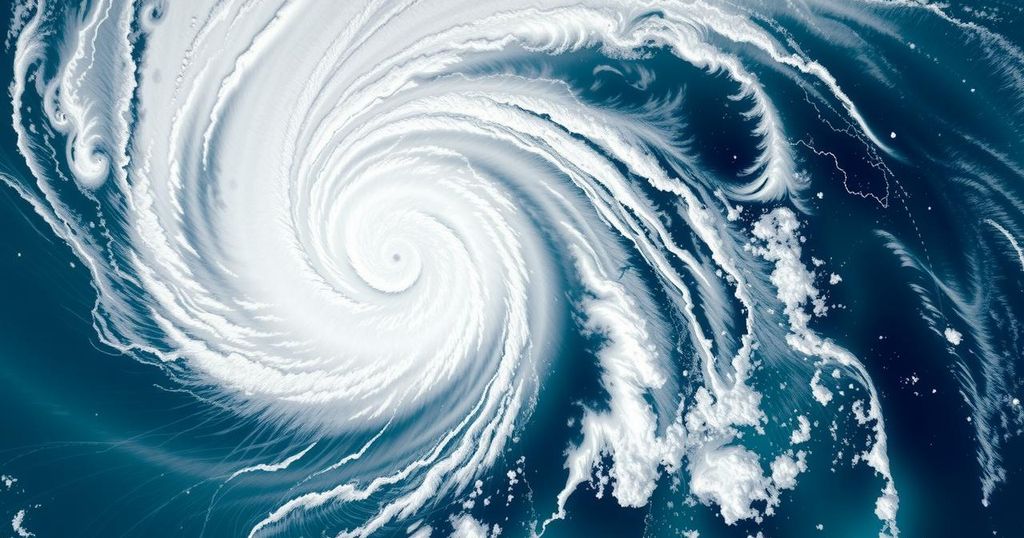Tropical Storm Dikeledi Strikes Mayotte Soon After Devastating Cyclone Chido

Mayotte was struck by Tropical Storm Dikeledi just weeks after Cyclone Chido wreaked havoc, leading to a red alert and a mandate for residents to stay indoors and stock supplies. With Chido leaving a significant death toll and many without adequate shelter, Dikeledi is feared to exacerbate flooding and landslide risks. Emergency services have been mobilized in a bid to manage the aftermath of both storms, emphasizing the region’s vulnerability to such natural disasters.
On Sunday, Tropical Storm Dikeledi struck Mayotte, just weeks after Cyclone Chido devastated the region, causing a red alert to be issued. Authorities instructed residents to remain indoors, gather food and water, as heavy rains and potent winds threatened the area. This French territory is still grappling with the aftermath of Cyclone Chido, which resulted in 39 confirmed deaths and left many individuals homeless and in need of shelter. The threat of flooding and landslides intensified warnings and closures, including that of the local airport, as Dikeledi potentially posed similar dangers.
Despite weakening to a tropical storm, Dikeledi was capable of regenerating into a cyclone, prompting officials to mobilize emergency services, particularly in the capital of Mamoudzou, where precarious living conditions had already been exacerbated by Chido. The southern village of Mbouini, previously spared from Chido’s wrath, experienced severe flooding. The government began activating cyclone shelters, catering to those who lost their homes in the prior storm, amid concerns that the continued weather threats risk numbing the response already hampered by a lack of resources.
Mayotte’s population is around 320,000, not including the estimated 100,000 undocumented migrants from neighboring Comoros and other countries, drawn by the region’s social welfare system. The island’s recent cyclone history, particularly regarding Chido’s repercussions, highlights the struggles authorities face in accurately accounting for the affected, especially given the local practice of rapid burial post-death. These severe weather events are expected to persist with the cyclone season peaking between November and April, echoing previous calamities in the vicinity.
The visit by French Prime Minister François Bayrou earlier disclosed the potential for an increased death toll higher than the already confirmed numbers.
The recent natural disasters affecting Mayotte, a French territorial island situated in the Indian Ocean, illuminate the region’s heightened vulnerability to extreme weather events, particularly during the cyclone season from November to April. Mayotte, often recognized as the poorest department in France and the European Union, suffers from socio-economic instabilities that worsen following such calamities, leaving many residents in precarious living situations. Previous cyclones have inflicted severe damage and loss of life, notably Cyclone Chido, which had hit the region on December 14, necessitating swift government intervention and international assistance in mitigating further impacts from subsequent storms, like Dikeledi. The ongoing weather disturbances serve to compound the complex dynamics of emergency response and recovery efforts in a region that is already disproportionately affected by socio-economic challenges.
In conclusion, Tropical Storm Dikeledi’s recent impact on Mayotte underscores the territory’s precarious position in cyclone season, particularly following the significant devastation brought by Cyclone Chido. With both storms causing extensive damage and loss of life, officials have been prompted to mobilize emergency resources while prioritizing the safety of the local populace. The ramifications of these storms highlight the urgent need for comprehensive disaster preparedness and housing solutions to support those affected, further complicating the socio-economic landscape of the area.
Original Source: www.euronews.com








